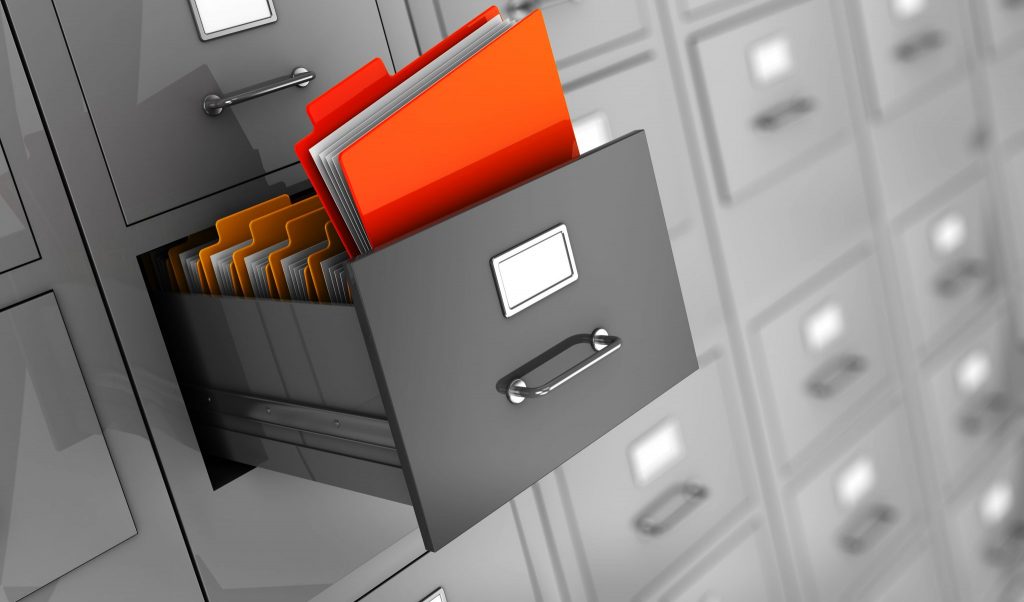If you would like to read the other parts in this article series please go to:
Creating a Mailbox Store for the Archive
We can combine mailboxes and archive data in the same database, however, keeping archives and regular mailboxes in different stores may be a better idea, especially if you are using different databases. In this article series we are going to create a database to place all archives in a single location. In order to do that let’s create one using the following steps: open Exchange Management Console, expand Organization Configuration, click on Mailbox, then Database Management tab and click on New Mailbox Database… in the Toolbox Actions.
In the New Mailbox Database wizard, let’s name our new mailbox database as ARC-DB01 and then Next (Figure 01). In the Set Paths page, make sure to place the database in the proper tier if you are using different tiers and then click Next, and New and Finish.

Figure 01
The next step is to remove the archive database that we have just created from automatic provisioning to avoid users being created on the database. The following syntax can be used:
Set-MailboxDatabase <Database-Name> –IsExcludedFromProvisioning:$true
After creating the database, we can load the properties of the brand new database (Figure 02). Since, that database is going to be used just for Archive purposes we can go to the Limits tab, and remove all storage limits, and also check the Deletion Settings section. Your company may have different goals for keeping deleted items and mailboxes as well, we are going to retrieve disconnected archive in this article series and the chance to connect them back after deletion is ruled by this page.

Figure 02
Managing Personal Archive…
The Personal Archive is really simple to manage when we are creating a new mailbox. During the New Mailbox Wizard there is a page specific for personal archive which is the Archive Settings page (Figure 03) where by default it doesn’t create an archive. However, the administrator has a chance to create on-premise (selecting Create a local archive option). If you’ve decided to use a specific database for archive then you should click on Select a specific mailbox database rather than having one selected automatically option and select the archive database; or in the cloud through the option Create a remote hosted archive and then selecting the domain that you have created previously with Microsoft Online Services.

Figure 03
If you already have the users created and just want to enable them to use the personal archive feature, just right click on the desired user and click on Enable Archive… and the same options described previously will be shown (Figure 04), in our articles series we are using a specific database for archive, so let’s select it and click on OK.
Note:
If the enabled mailbox is using Outlook Web App, in order to see the new personal archive the user just need to sign out and sign back in again.

Figure 04
By default when we select Mailbox underneath Recipient configuration we will see the Display name, Alias, OU and Recipient Details, however, we can take advantage of columns and add the databases for regular and personal archive on the same view. In order to do that, let’s click on View item located in the Toolbox Actions, and Add/Remove Columns…
Select Database and Archive Database on the Available Columns and click on Add ->, after that make sure to move the two new additions up (using Move Up) right before Display Name, and click OK (Figure 05).

Figure 05
Now, in a single glance at the Mailboxes we can check where users’ mailboxes and personal archive databases are located (Figure 06).

Figure 06
When a mailbox has Personal Archive enabled its icon will change. Another difference is that when you load the properties of that mailbox, the General tab will provide you with the archive database information as shown in Figure 07.

Figure 07
Another management task related to the personal archive feature is to define the quota. By default this is 50GB and 45GB (warning) in Service pack 1. We can change such values, going to the Mailbox Settings tab, double click on Archive Quota and then we can define the new archive quota for that specific user. If you want to adjust the limit on several users the Exchange Management Shell is a better way to go (Figure 08).

Figure 08
In certain circumstances the administrator has to move mailboxes around. Archive feature gives greater flexibility when you start a new move request using either Exchange Management Console or Exchange Management Shell. The administrator can decide the target mailbox and which database will be moved: the user mailbox, archive mailbox or both, as shown in figure 09.

Figure 09
Another way to manage Personal Archive is using exchange Management Shell. In order to enable an existent mailbox, we just need to run the following cmdlet syntax and an example is shown in Figure 10.
Enable-Mailbox <Mailbox> -Archive –ArchiveDatabase <Database-Name>

Figure 10
In order to validate all personal archive settings for a specific user the following cmdlet can be used Get-Mailbox <Mailbox> | FL *Archive* (Figure 11)

Figure 11
We can also retrieve information about the personal archive using the Get-MailboxStatistics <Mailbox> -Archive | fl, as shown in Figure 12. Another possible cmdlet that we can use to get archive statistic is Get-MailboxFolderStatistics <Mailbox> -Archive | fl.

Figure 12
So far we have done a couple of management tasks related to archive such as, creation, movement and quota process but we also need to understand how we disable the feature afterwards and how can we restore a previously disabled archive for a user. That is going to be the main topic of the next article!
Conclusion
In this second article, we have seen how to manage the personal archive using Exchange Management Console and Exchange Management Shell. In the next article of this series we will be working with disconnected archive mailboxes and check some procedures to migrate data from PSTs to the Archive.
If you would like to read the other parts in this article series please go to:



